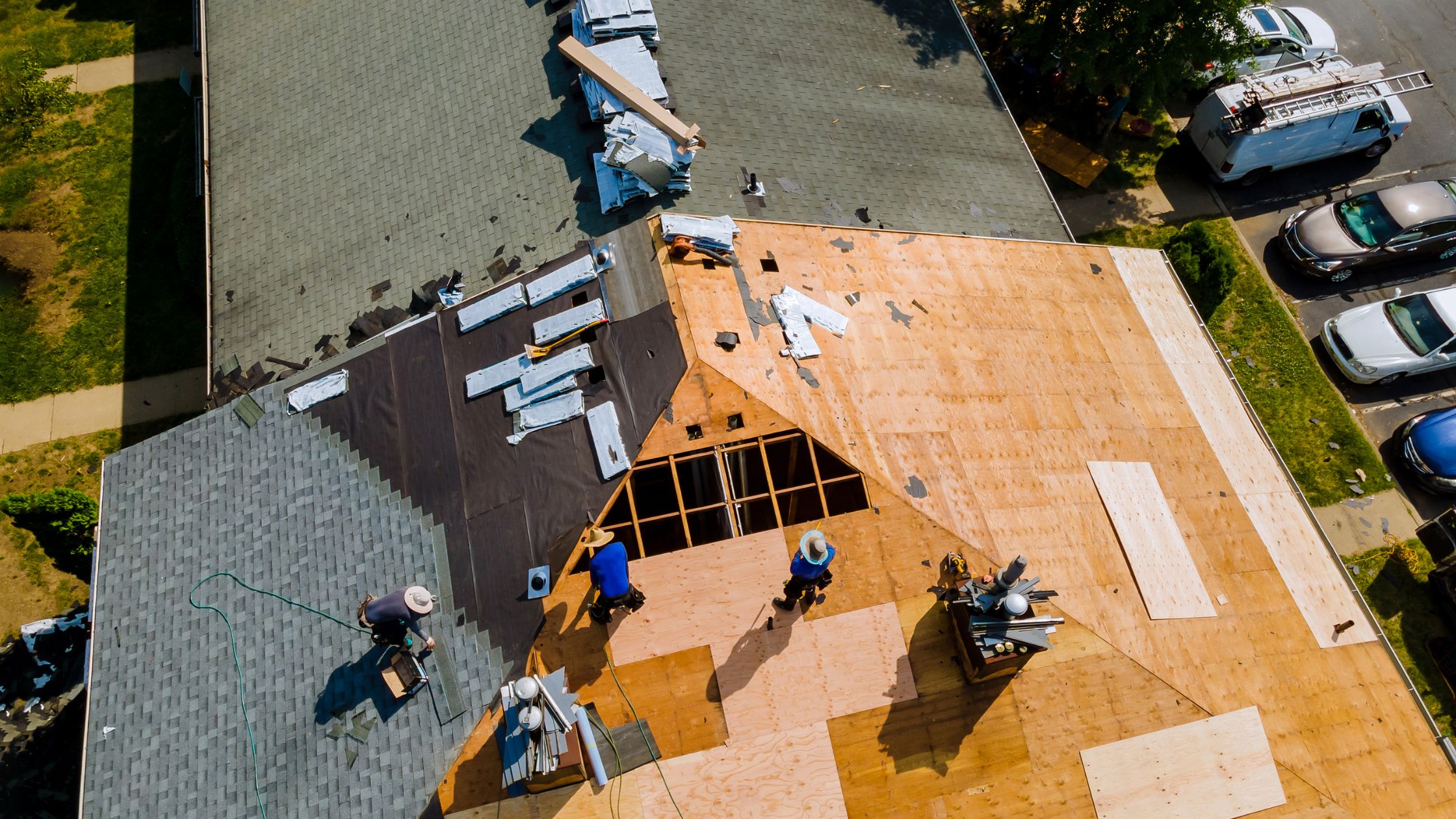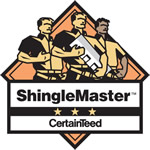Deciding to Replace Your Roof? Factors to Consider

Your dwelling’s roofing serves as one of its primary defenses against elements like rainfall or snowfall while also preserving its interior condition. Nevertheless, with time comes wear and tear, which could compromise its durability and integrity leading to vulnerabilities such as leaks or broken shingles. Keeping in mind several parameters can aid you decipher if fixing it would suffice or if installing entirely new roofing seems more plausible- these determinations are pivotal for protecting your property value. This paper addresses these critical viewpoints on determining when it might be suitable for reconstructing the rooftop structure.
1. Age of Your Roof
The age of your roof is one of the crucial points to ponder when determining if a replacement is necessary. Roofing products come with definite lifespans, wherein they eventually degrade and cease to perform effectively. Here are what various commonplace roofing materials typically last:
– Asphalt shingles: 20-30 years
– Wood shingles and shakes: 20-40 years
– Metal roofing: 40-70 years
– Tile and slate roofing: 50-100 years
Allow me to humbly advise that perhaps now would be an appropriate time to contemplate replacing your roof if it is approaching or has exceeded its expected lifespan.
2. Visible Signs of Wear and Tear
It’s vital to conduct periodic checks on your rooftop for any apparent evidence of deterioration or damage. This inspection helps you identify whether the roofing structure has reached the end or near-end of its lifespan requiring an upgrade soon. Examples of usual indicators are:
– Curling, cracked, or missing shingles
– Damaged or missing flashing
– Granules in your gutters or on the ground around your home
– Bald spots on asphalt shingles where granules have worn away
– Sagging or uneven rooflines
Being vigilant about possible signs of roofing problems can help avoid unwanted headaches down the line. In case you spot any such indicators. Getting an expert opinion is key. A trustworthy roofing contractor can examine the damage thoroughly and provide guidance on whether a repair or total overhaul is needed.
3. Leaks and Water Damage
Indications of a roofing that may require substitution involve water damage and leaks. When shingles are damaged or missing. Water can infiltrate into your abode and cause havoc to the ceilings, walls, and insulation. If you detect indications of water damage or leaks look out for these symptoms:
– Water stains on your ceilings or walls
– Mold or mildew growth
– Damp or swollen insulation in your attic
– A musty smell in your home
Should you have any suspicions regarding a potential leak or water damage we advise you to seek the assistance of a qualified roofing professional who can accurately assess the situation and recommend an optimal course of action.
4. Energy Efficiency
The effects of having an aging or inadequate roofing system may go unnoticed until there is an increase in heating and cooling charges which signify problems stemming from under-insulated roofs that are no longer functional as before. Homeowners must take steps towards environmentally conscious decisions by investing in high-performance roofing alternatives aimed at reducing costs through excellent insulation properties while ensuring convenience all-throughout their homes’ interior despite weather changes outside.
5. Storm Damage
Inadequate roofs tend not to cope well with severe storms that can result in substantial impairment. To reduce these risks to your property we advise homeowners to make inspecting potential weaknesses post-storm mandatory. Missing or ruined shingles ,dented metal sheets, weakened tiles can all be indicators for serious structural damages that require expert evaluation capable only by professional and licensed roofing contractors who can advise if repair costs outweigh roof replacement alternatives limiting future risk impact assessments while maintaining safety standards at all times..
6. Roof Deck Deterioration
Apart from serving as an essential support structure for your entire roof, the condition of your roof deck also affects its overall performance levels substantially. As time passes by, different elements like moisture can take its toll on it though – leading to eventual deterioration that weakens your system’s foundation gradually. A few telltale indicators include noticeable sagging or unevenness along rooflines; sponginess underfoot while walking atop roofs; as well as prominent water damage/rot emanating from attics behind them. When there are concerns regarding potential erosion affecting one’s upper decking areas – getting qualified input from veteran roofing professionals proves most prudent here.
7. Upcoming Home Improvements
If you intend on making significant renovations to your abode, like the incorporation of solar panels and construction of a roof deck, it is wise to contemplate having your roofing replaced simultaneously. Installing these additions onto an outdated or harmed roof can generate further pressure and destruction that will cost you dearly in repair expenses or necessitate an unanticipated early replacement.
8. Resale Value
Selling a house is more than just finding interested buyers; its’ about ensuring that every aspect of the property aligns with market demands and expectations for quality living spaces. Your roof plays an essential role in influencing first impressions on potential buyers as they approach your home. Besides being eye catching it highlights one of the most significant areas associated with concerns about water intrusion and durability over time. Therefore. If you’re aiming for maximum returns on investment when selling your home shortly. Investing in new roofing will do wonders for improving not just curb appeal but also safeguarding against hazards such as leaks.
9. Warranties
It’s common knowledge that many manufacturers of roofing supplies provide warranties covering likely defects and premature deterioration concerns. If you happen to have a roof still under such coverage during its service life cycle, it presents an opportunity for reduced expenses on repairs or even free replacements if deemed fit by the provider. Thus, investing time in studying all aspects regarding such provisions can help make informed decisions while contacting either manufacturers or certified roofer businesses for necessary consultations.
10. Professional Roof Inspection
Should you have any apprehensions about whether or not your rooftop necessitates fixing, engaging a professional roofer for an inspection is highly recommended. By evaluating the aptitude of your roof covering, these specialists can pinpoint impending complications that require attention while providing counsel on feasible solutions. Depending on their findings, they may recommend relatively easy repair work or suggest an extensive roof overhaul for longer-lasting durability.
Conclusion
Your home is more than four walls; it’s where we feel secure & enjoy everyday living with loved ones – making it all the more important to maintain its structural integrity! That includes keeping tabs on those invisible components like roofs which experience daily exposure & stress from environmental elements like UV radiation & debris wearing them down over time slowly but surely causing deterioration issues that may lead you down costly repair paths if not managed timely!
Behold some of the significant signs like a damaged roof, water seepage, or poor energy efficiency to ensure you’re up-to-date on when roof replacement is impending. Look no further than an expert roofing contractor for their expertise in assessing your repair options & guiding you towards making optimal decisions that cater to your home’s safety, health & energy-saving potential.

In Awe Roofing Limited is an Award-Winning, family owned and operated Vancouver Roofing Contractor with over 17 years of roofing experience. We serve the entire Lower Mainland area, from Whistler to Chilliwack, employing a team of professional staff members. Our team has won numerous awards including Best of Homestars for the last five years, and Three Best Rated six years in a row. Learn more






















